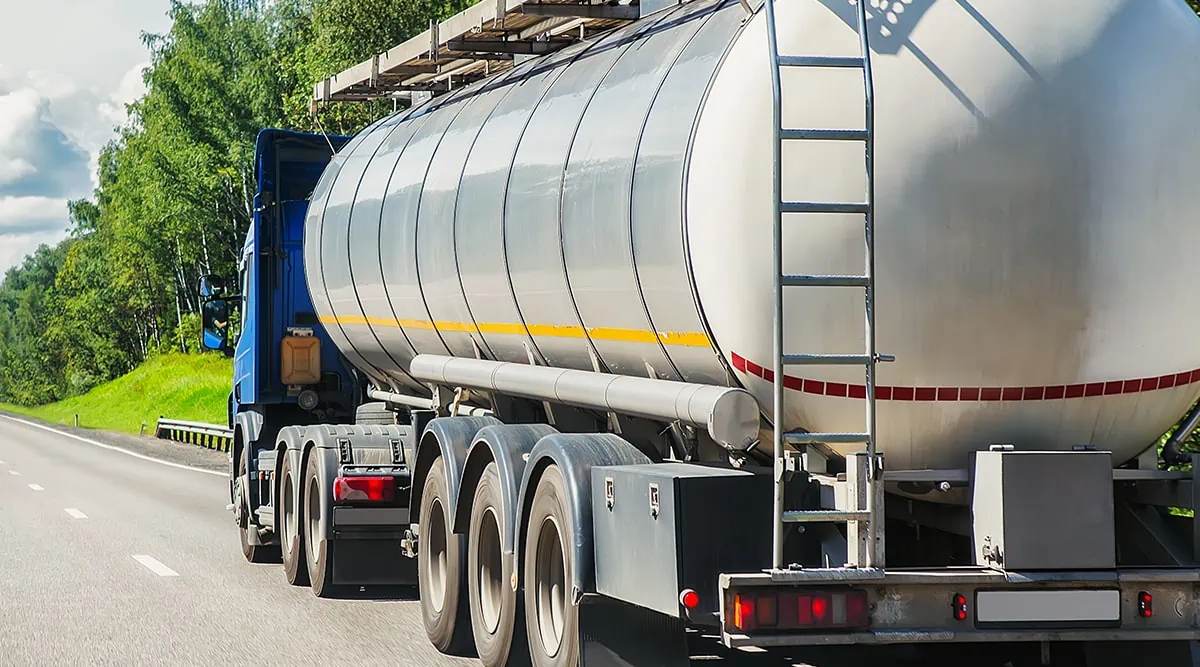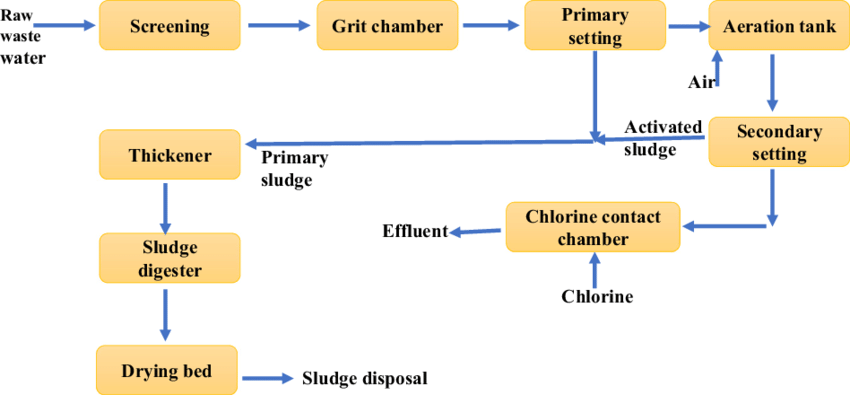Reclaim Waste for Beginners
Reclaim Waste for Beginners
Blog Article
Facts About Reclaim Waste Uncovered
Table of ContentsAbout Reclaim WasteThe 6-Second Trick For Reclaim WasteAbout Reclaim WasteThe Buzz on Reclaim Waste10 Simple Techniques For Reclaim Waste
Discover the kinds, events, and kinds of liquid waste. Domestic sewer waste refers to the waste and products from a property sewage-disposal tank. This type of waste is produced by human beings in homes, colleges, and other buildings. This only includes septic systems that have a drainpipe field. The proper monitoring and disposal of domestic sewage waste call for liquid waste to be moved to a sewage therapy plant where the proper approaches and equipment are used to purify and throw away waste.
Business waste typically consists of possible dangers, such as combustible materials or a blend of fluid and solid waste products, and needs an advanced and thorough disposal procedure. The disposal of commercial waste usually includes the purification of waste prior to transport to make certain safe and appropriate disposal. Hazardous waste is developed from byproducts and runoff of industrial processes and manufacturing.
This sort of waste can not make use of the same sewage administration transport or procedures as septic or business liquids. The commercial waste monitoring procedure calls for the inspection and testing of liquid waste before it goes through the disposal process (industrial wastewater treatment). Drainage waste is the fluid waste that originates from drainage and excess stormwater in very booming locations or cities
Drainage waste can create contamination and flooding otherwise managed appropriately. Discover more about sewage system cleaning and waste monitoring. Making sure appropriate waste administration can prevent catastrophes and decrease ecological harm. Both people in residential setups and specialists in business or production markets can benefit from understanding the procedures and guidelines of fluid waste administration.
What Does Reclaim Waste Mean?
Contact PROS Solutions today to learn concerning our waste management and disposal solutions and the proper methods to care for the liquid waste you generate.
(https://www.domestika.org/en/reclaimwaste1)This supposed 'wastewater' is not only a vital source however, after treatment, will certainly be released to our land, rivers or the sea. Utilized water from toilets, showers, bathrooms, kitchen area sinks, washings and industrial procedures is known as wastewater.

water made use of to cool equipment or tidy plant and devices). Stormwater, a form of wastewater, is overflow that flows from agricultural and city areas such as roof coverings, parks, gardens, roadways, paths and rain gutters right into stormwater drains, after rain. Stormwater moves without treatment directly to regional creeks or rivers, at some point getting to the sea.
6 Easy Facts About Reclaim Waste Described
In Queensland, the majority of wastewater is dealt with at sewer therapy plants. Wastewater is delivered from domestic or commercial websites with a system of drains and pump stations, known as sewage reticulation, to a sewer therapy plant.
The Department of Natural Resources encourages city governments about handling, operating and keeping sewerage systems and treatment plants. In unsewered locations, neighborhood governments may require owners to set up private or home sewage treatment systems to deal with residential wastewater from bathrooms, kitchens, bathrooms and washings. The Department of Natural Resources authorises making use of family systems when they are shown to be effective.
In some new communities, treatment of some stormwater to get rid of litter, sand and crushed rock has started using gross toxin traps. Wastewater therapy occurs in four phases: Removes strong issue.
Wastewater after that moves into huge tanks where solids resolve and are removed as sludge. Oil and residue are skimmed from the surface. Utilizes little living organisms understands as micro-organisms to damage down and remove continuing to be dissolved wastes and fine check out here fragments. Micro-organisms and wastes are incorporated in the sludge. Eliminates nitrogen and phosphorus nutrients that can create algal flowers in our rivers and threaten water life.
Not known Factual Statements About Reclaim Waste
Nutrient elimination is not offered at all sewage treatment plants because it requires expensive specialized tools. Clear fluid effluent created after treatment may still contain disease-causing micro-organisms - liquid waste removal melbourne.

This typically means wastewater has to be dealt with or pollutants removed prior to it can be released to waterways. Most wastewater moves right into the sewerage system. Under the Act, city governments carry out authorizations and licences for eco pertinent activities (ERAs) entailing wastewater releases that may have a regional effect. The department provides approvals and permits to Ages entailing wastewater launches that might have a local or statewide impact.
Top Guidelines Of Reclaim Waste
Or else, examples are taken for research laboratory evaluation. Often numerous tests are required to establish the levels of each of the various toxins such as oils, hefty metals and chemicals in water. Monitoring offers accurate information regarding water quality and can validate that permit conditions are being met. The details obtained with surveillance provides the basis for making water quality choices.
Report this page